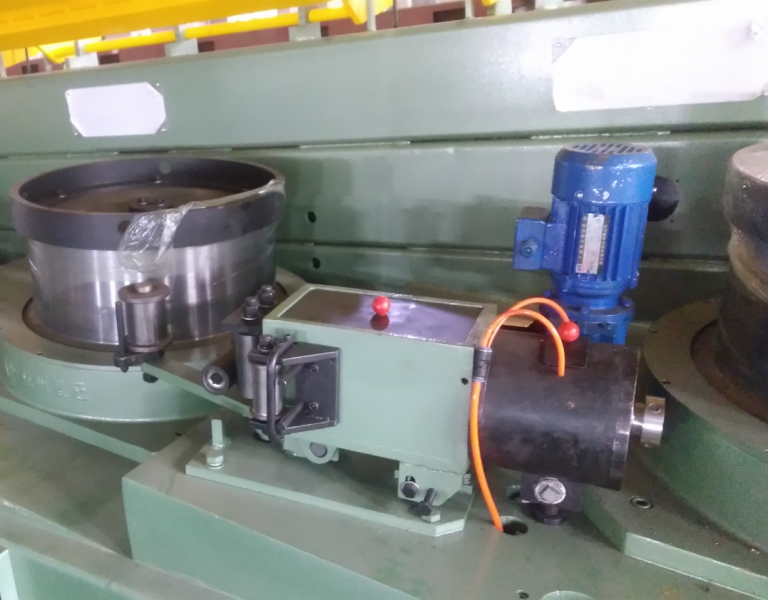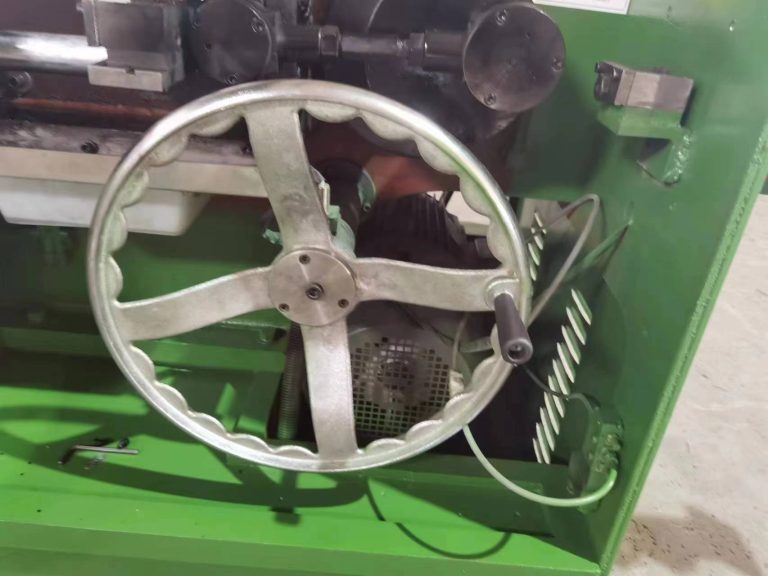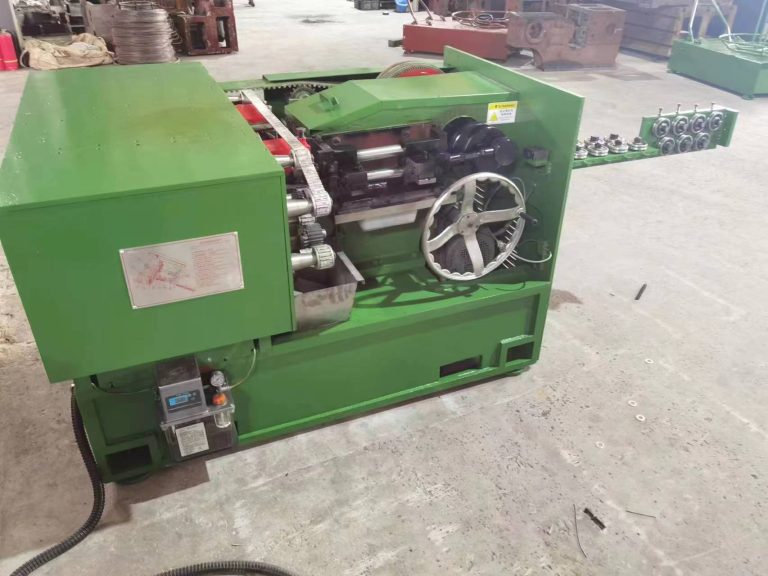Table of Contents
Tips for Maintaining and Optimizing Performance of Fine Wire Drawing Machine with Zinc Wire
Fine Wire Drawing Machine For Zinc Wire are essential equipment in the manufacturing industry, especially for producing zinc wire. These machines are designed to pull a wire through a series of dies to reduce its diameter and improve its quality. To ensure the optimal performance and longevity of a fine wire drawing machine for zinc wire, proper maintenance is crucial. In this article, we will discuss some tips for maintaining and optimizing the performance of these machines.
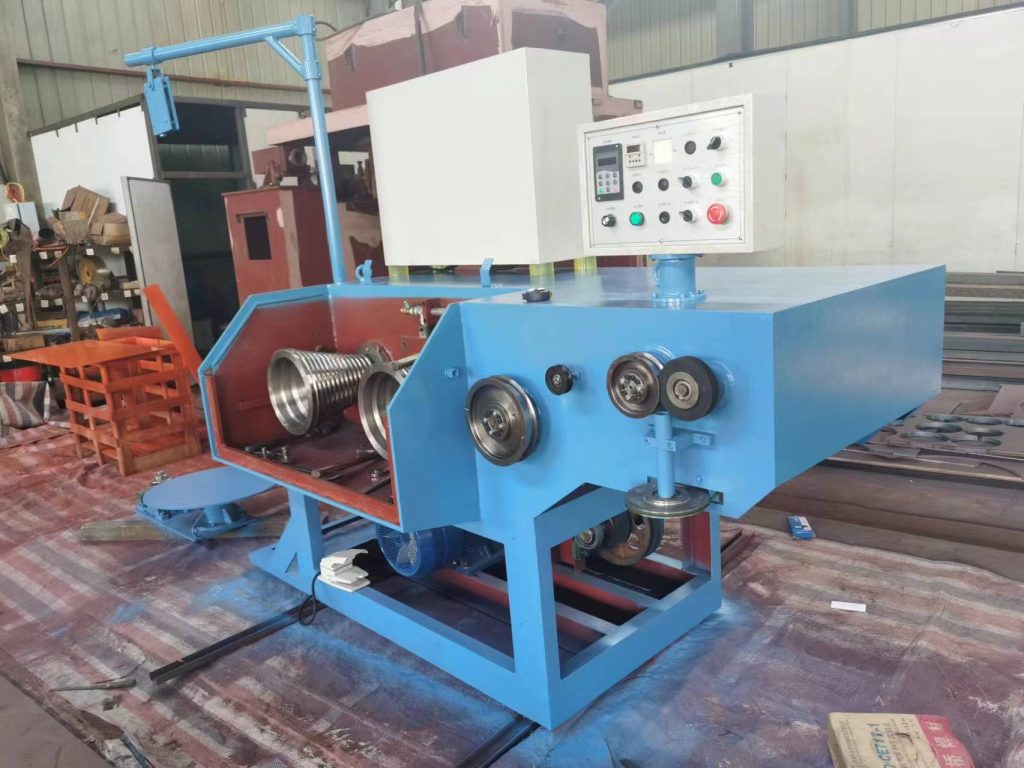
Regular cleaning and lubrication are key to keeping a fine wire drawing machine running smoothly. Dust, dirt, and debris can accumulate on the machine’s components, leading to increased friction and wear. It is important to clean the machine regularly using a soft brush or cloth to remove any buildup. Additionally, lubricating the moving parts with a high-quality oil or grease will help reduce friction and prevent premature wear.
Inspecting the machine for any signs of wear or damage is also important for maintaining its performance. Check the dies, rollers, and other components for any cracks, dents, or other defects that could affect the wire drawing process. Replace any worn or damaged parts immediately to prevent further damage to the machine and ensure consistent wire quality.
Calibrating the machine regularly is essential for optimizing its performance. Fine wire drawing machines for zinc wire require precise adjustments to ensure the desired wire diameter and quality. Use a micrometer or other measuring device to check the wire diameter at regular intervals and make any necessary adjustments to the machine settings. This will help maintain consistent wire quality and prevent production issues.
Monitoring the machine’s operating parameters is another important aspect of maintaining its performance. Keep an eye on the machine’s speed, tension, and temperature settings to ensure they are within the recommended range. Adjusting these parameters as needed will help prevent overheating, wire breakage, and other issues that can affect the machine’s performance.
Regularly inspecting and replacing the machine’s consumable parts, such as dies and rollers, is crucial for maintaining its performance. These parts wear out over time and need to be replaced periodically to ensure consistent wire quality. Keep a supply of spare parts on hand and replace them as needed to prevent production delays and maintain optimal machine performance.
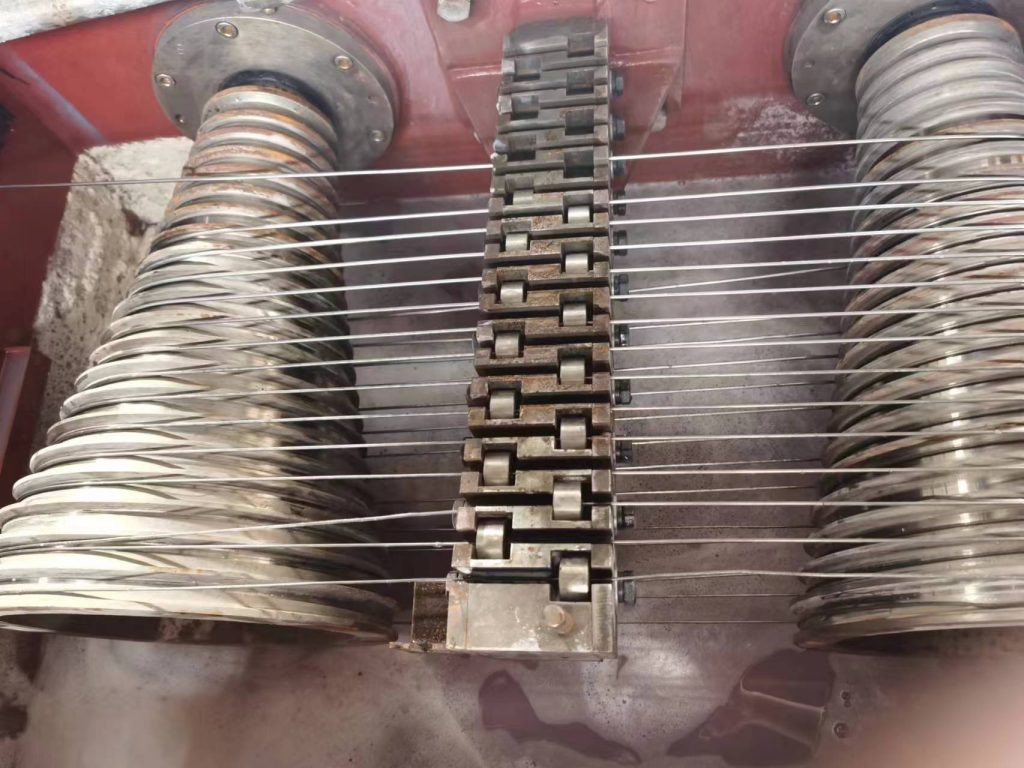
In conclusion, proper maintenance is essential for ensuring the optimal performance and longevity of a fine wire drawing machine for zinc wire. By following these tips, manufacturers can keep their machines running smoothly and produce high-quality Pure Zinc Wire Drawing Machine consistently. Regular cleaning, lubrication, inspection, calibration, and monitoring of operating parameters are key aspects of maintaining these machines. Additionally, replacing consumable parts as needed will help prevent production issues and ensure the machine’s performance remains at its best. By taking care of their fine wire drawing machines, manufacturers can maximize productivity and efficiency in their operations.
Benefits of Using Fine Wire Drawing Machine for Zinc Wire in Industrial Applications
Fine wire drawing machines are essential tools in the manufacturing industry, especially when it comes to producing high-quality zinc wire. These machines are designed to pull a wire through a series of dies to reduce its diameter and improve its surface finish. In this article, we will explore the benefits of using a fine wire drawing machine for zinc wire in industrial applications.
One of the primary advantages of using a fine wire drawing machine for zinc wire is the ability to control the diameter of the wire with precision. This is crucial in industries where the wire needs to meet specific size requirements for a particular application. By using a fine wire drawing machine, manufacturers can produce zinc wire with consistent diameter and tolerance, ensuring uniformity in their products.
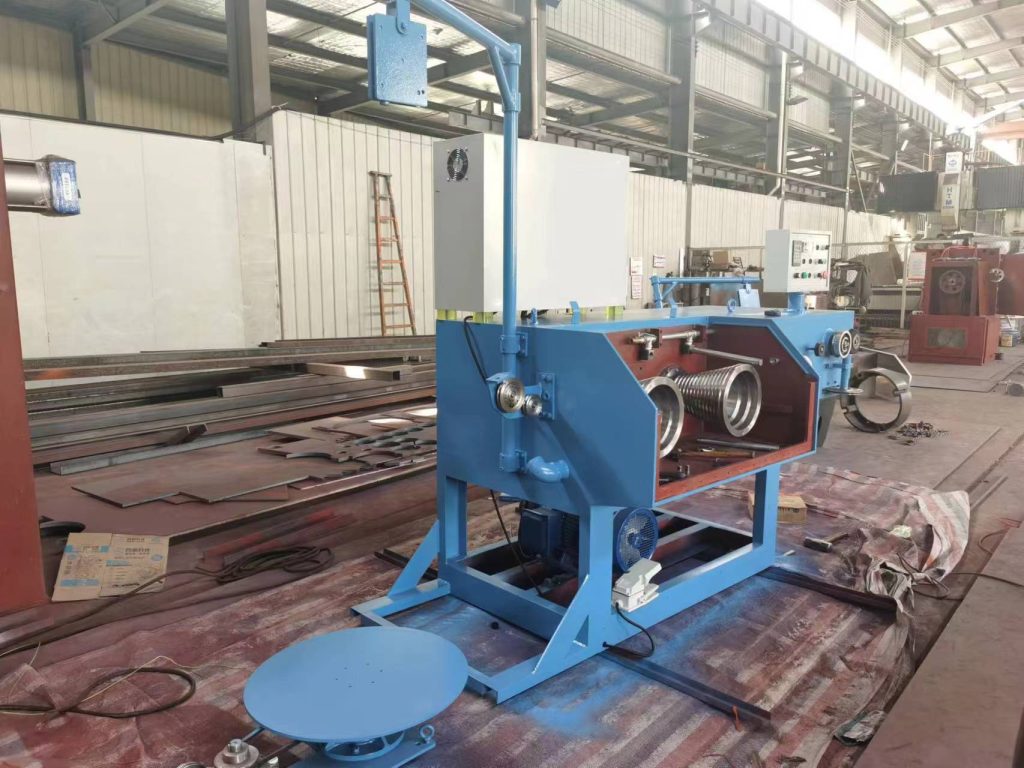
Another benefit of using a fine wire drawing machine for zinc wire is the improvement in the wire’s surface finish. As the wire is pulled through the dies, any imperfections on the surface are smoothed out, resulting in a clean and polished finish. This is important in industries where the appearance of the wire is critical, such as in the jewelry or electronics industry.
In addition to controlling the diameter and improving the surface finish, fine wire drawing machines also help in enhancing the mechanical properties of the zinc wire. By reducing the diameter of the wire, the tensile strength and ductility of the wire are improved, making it more suitable for applications that require high strength and flexibility.
Furthermore, using a fine wire drawing machine for zinc wire can also increase the productivity of the manufacturing process. These machines are designed to operate at high speeds, allowing manufacturers to produce large quantities of wire in a short amount of time. This is particularly beneficial in industries where there is a high demand for zinc wire, such as in the construction or automotive industry.
Moreover, fine wire drawing machines are also cost-effective in the long run. While the initial investment in a fine wire drawing machine may be significant, the savings in material costs and increased productivity can outweigh the upfront expenses. Additionally, these machines are designed to be durable and require minimal maintenance, reducing downtime and ensuring a continuous production process.
In conclusion, using a fine wire drawing machine for zinc wire in industrial applications offers a wide range of benefits, including precise control over the wire diameter, improved surface finish, enhanced mechanical properties, increased productivity, and cost-effectiveness. These machines play a crucial role in ensuring the quality and efficiency of the manufacturing process, making them indispensable tools in the production of high-quality zinc wire.

